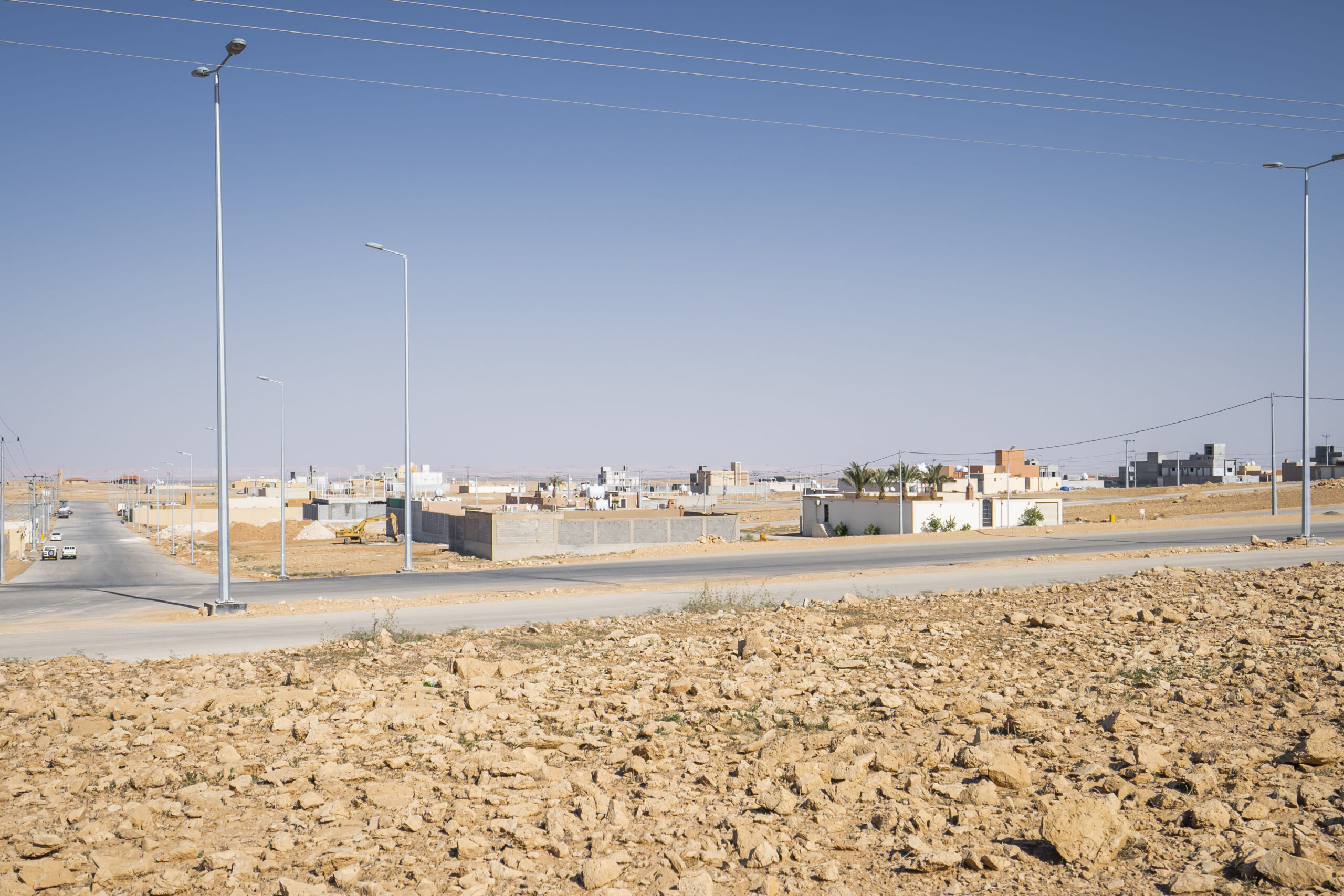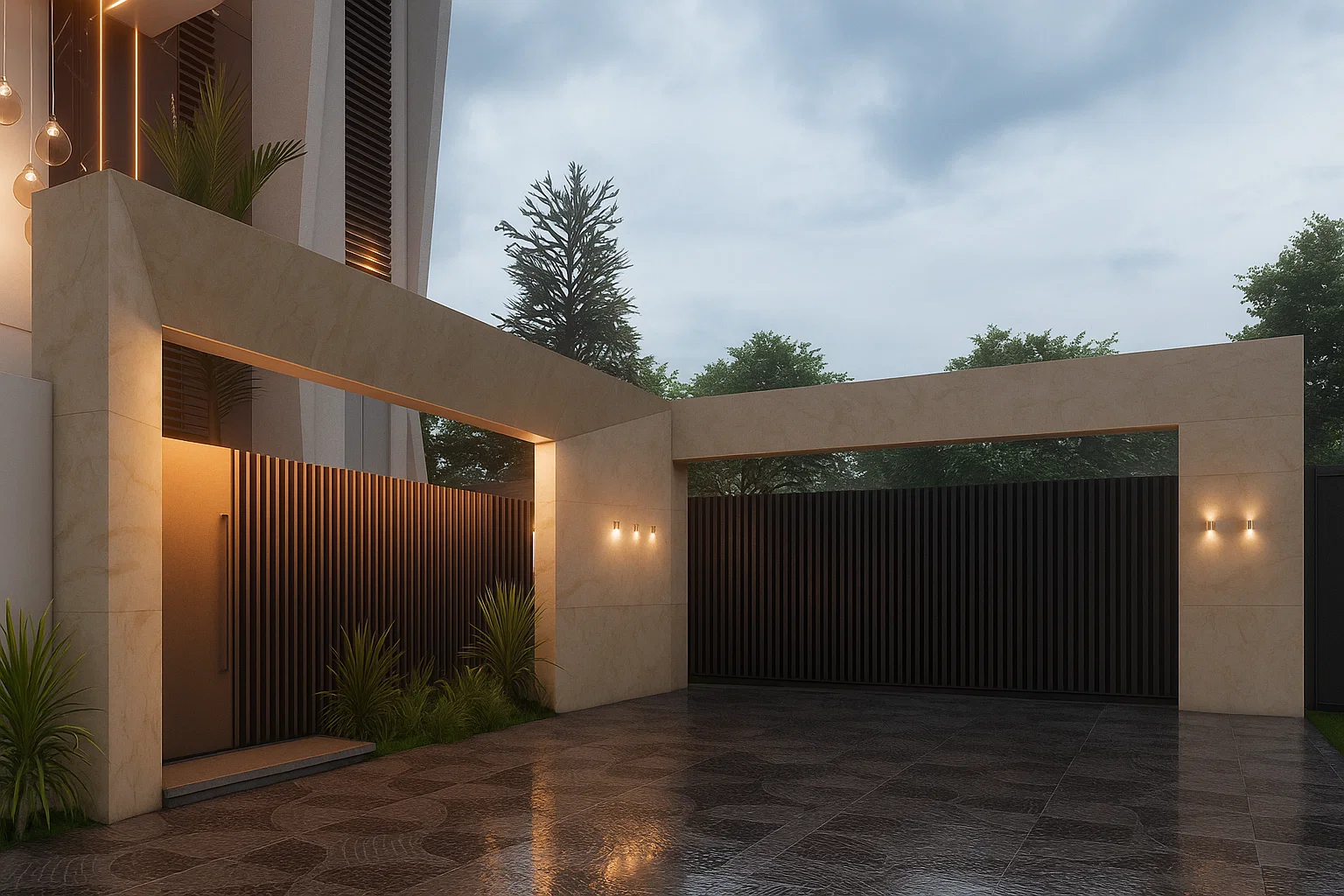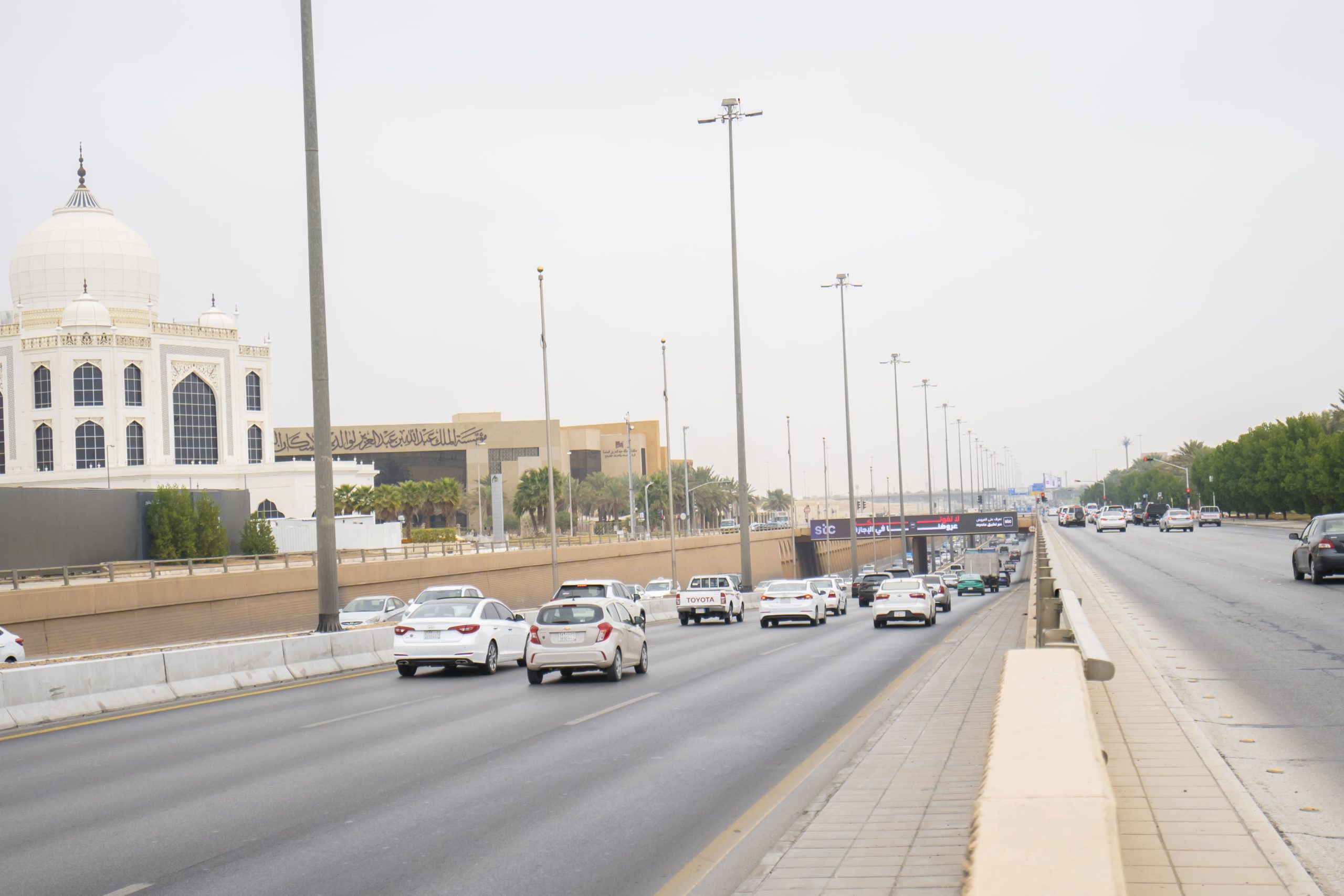Discover Al Masmak Palace Riyadh History
Al-Masmak Palace: An Architectural Masterpiece in the Heart of Saudi History
Al-Masmak Palace stands proudly in the heart of Riyadh, as a living symbol of Saudi heritage and history. In this article, we embark on an exciting journey to uncover the story of this majestic landmark, from its construction to its transformation into a vibrant museum.
What is Al-Masmak Palace?
Al-Masmak Palace is one of the most famous landmarks in Riyadh. Construction began in 1865 (1282 AH) under the orders of Imam Abdullah bin Faisal Al Saud during the Second Saudi State, and it was completed in 1895 by Abdulrahman bin Suleiman during the era of Al-Rashid. The name “Masmak” means “the thick and strong building,” in reference to the sturdiness of its walls.
- It is located in Al-Deira (Al-Thumairi) district in old Riyadh.
- It gained political and military importance as a fortified stronghold during power struggles.
On January 15, 1902, King Abdulaziz bin Abdulrahman Al Saud led a decisive raid to reclaim it, marking the starting point of the unification of the Kingdom. A symbolic story is still told about the spear that was thrown at the palace gate and got stuck — its trace remains on display today. After its capture, the palace was repurposed from an ammunition depot into a government center until the royal court moved to Al-Murabba Palace in 1938. It was later restored in 1980 under King Salman’s order and inaugurated as a museum in 1995, as part of the King Abdulaziz Historical Center.


Unique Najdi Architecture
Al-Masmak Palace represents a unique example of traditional Najdi architecture, designed for both defense and climate adaptation.
- Built on a stone foundation, with thick mud-brick walls plastered with clay on the outside and gypsum on the inside.
- A rectangular layout with four round towers, each about 18 meters high.
- A wooden gate made of palm trunks, 3.6 m high and 2.65 m wide, with a small defensive opening (the “Khukha”).
- The palace also includes a small mosque, a majlis (council hall), a well, and courtyards surrounded by residential rooms, storage areas, and guest quarters.
A Museum Reflecting Unity and Heritage
Since its transformation into a museum, Al-Masmak has become a cultural hub that enriches visitors with immersive knowledge:
- Storytelling exhibits on the unification of the Kingdom and the 1902 battle, presented with multimedia, photos, and videos.
- A collection of artifacts including old weapons, traditional clothing, historical photos, and maps illustrating the founding stages of modern Saudi Arabia.
- A dedicated section documenting the restoration campaigns and the early phases of the Saudi state.
Visitor Experience: A Rich and Educational Journey
Visiting Al-Masmak Palace is both an educational and cultural experience:
- Location: In Al-Deira district, central Riyadh, close to the Government Palace and Souq Al-Zal.
- Entry: Usually free, or for a symbolic fee during special events.
- Recommended visit time: 1–2 hours are sufficient to explore the museum.
- Activities: Guided tours, architectural photography, and cultural events.
A Cultural and Real Estate Symbol in the Kingdom
Al-Masmak Palace is not only a historic monument but also an influential cultural and real estate landmark:
- It has been included in the King Abdulaziz Historical Center as part of Vision 2030’s heritage preservation strategy.
- It has become an architectural model inspiring modern real estate projects that draw from Saudi Najdi identity.
- It stands as a symbol of unity and strength, reminding future generations of King Abdulaziz’s courage.
Al-Deira District Real Estate
Al-Deira District, home to Al-Masmak Palace, is one of Riyadh’s oldest neighborhoods, closely tied to Saudi heritage and history. While retaining its historical value, the district has also witnessed remarkable development in its real estate sector, combining traditional buildings with modern residential and commercial projects. This mix offers investors and residents a unique opportunity to benefit from its central location near markets and cultural landmarks.
You can explore Al-Deira District Real Estate in Riyadh through Aqar platform to discover investment opportunities in the heart of the capital.
Frequently Asked Questions (FAQ)
What is the origin of the name “Masmak”?
The name means “thick and strong building,” reflecting the sturdiness of the palace’s structure and walls.
When was it built and when did it become a museum?
It was built between 1865 and 1895, and was inaugurated as a museum in 1995 after restoration.
Who built Al-Masmak Palace?
The palace was built in 1865 (1282 AH) by Imam Abdullah bin Faisal Al Saud during the Second Saudi State, and completed in 1895 by Abdulrahman bin Suleiman during the Al-Rashid era.
What are the main exhibits inside the museum?
Paintings and photos of the Battle of Riyadh, historic weapons, traditional garments, agricultural tools, and multimedia presentations.
How was the palace integrated into national heritage efforts?
It became part of the King Abdulaziz Historical Center and represents a major cultural and heritage tourism site in Saudi Arabia.
What is the entry fee for Al-Masmak Palace?
Admission is free. Opening hours are Sunday to Thursday from 8 AM to 9 PM, Friday from 4 PM to 8 PM, and Saturday from 9 AM to 8 PM, according to Visit Saudi.
Conclusion
Al-Masmak Palace goes beyond being a heritage site; it is a living narrative of Saudi unity, resilience, and identity. Visiting it is an invitation to discover the nation’s spirit preserved in its walls and to draw inspiration from its story in building a rooted present and future.









